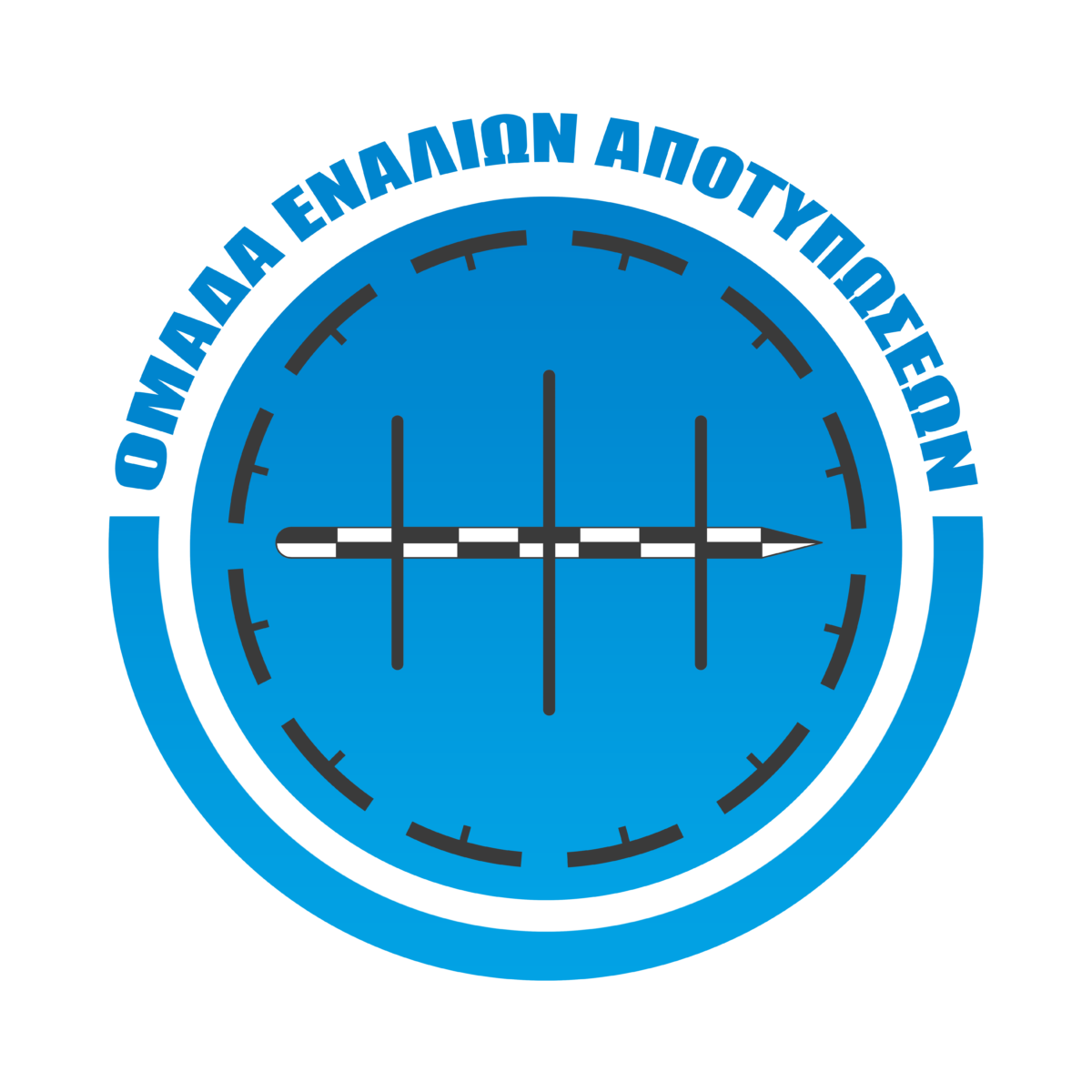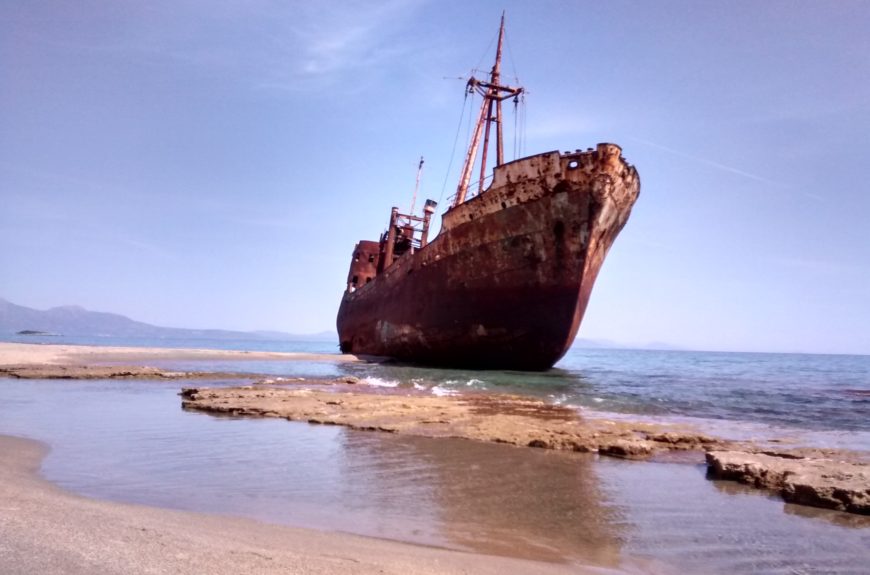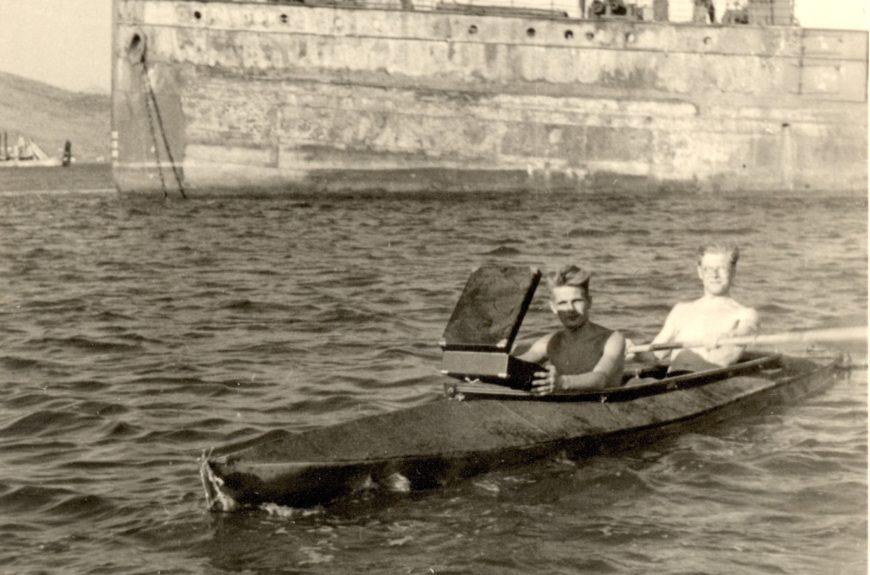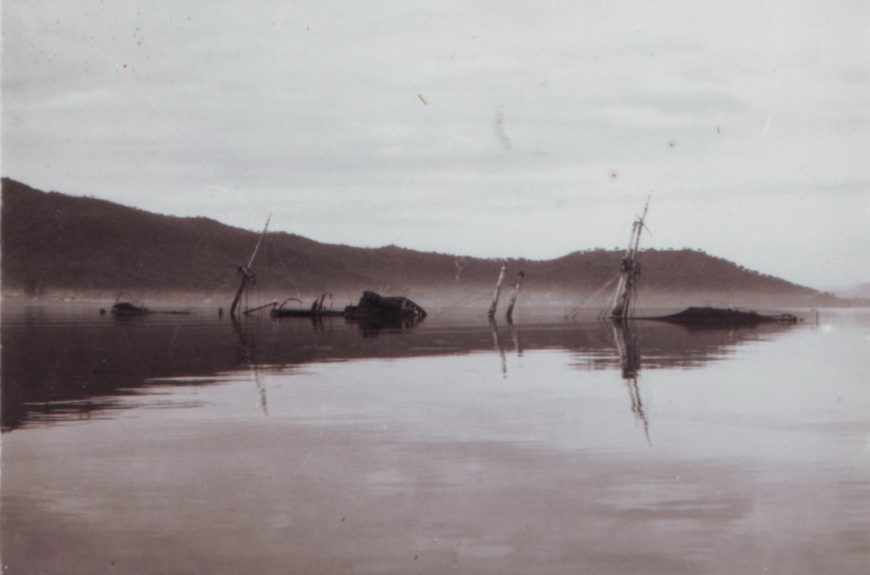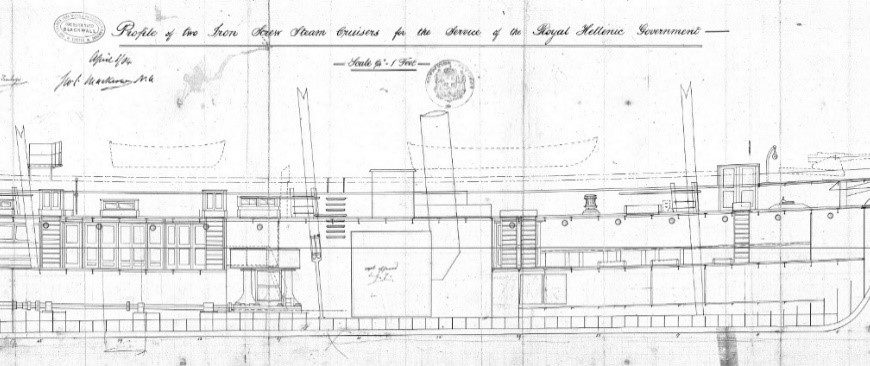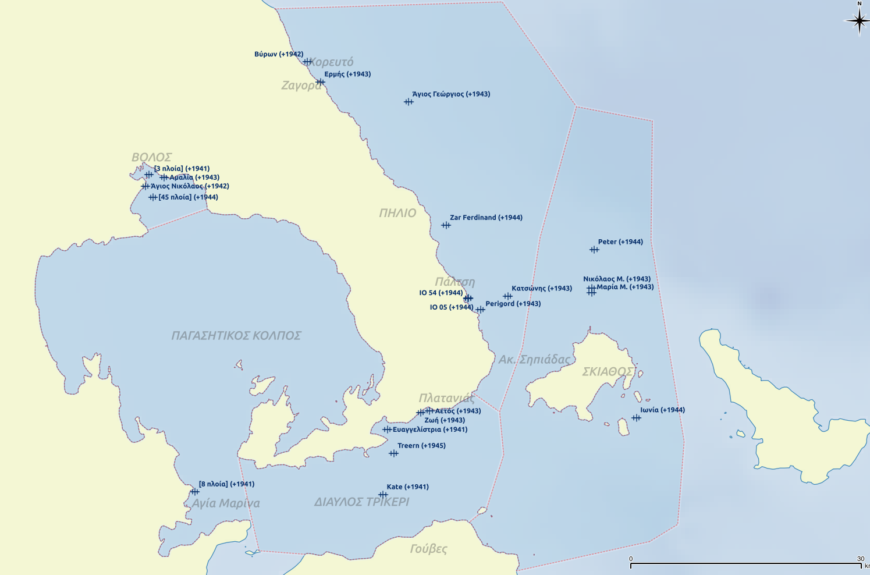Published work
Recenlty, a great number of wrecks have became touristic attractions. Nevertheless, recreational diving in many cases is not allowed when a wreck lies on the bottom of a port, military practice areas and nearby army force's settlements, environmentally protected designated or declared underwater archaeological sites.
Despite those restrictions, there is the option of visiting many...
The end of the FRINTON
The Loss and Restoration of the S/S BRATTDAL
The WWII Bombing of Volos

This article appeared in Taxydromos newspaper on 13.10.2019 to mark the 75th Anniversary of the Liberation of Greece. October 1944 – October 2019
Friday the 13th, October 1944 began in the city of Volos much like any other. Starved and subjugated, its citizens managed as best they could under a merciless Nazi regime. The 'Kítrino...
Conference: “Scuba Diving and Citizen Science”
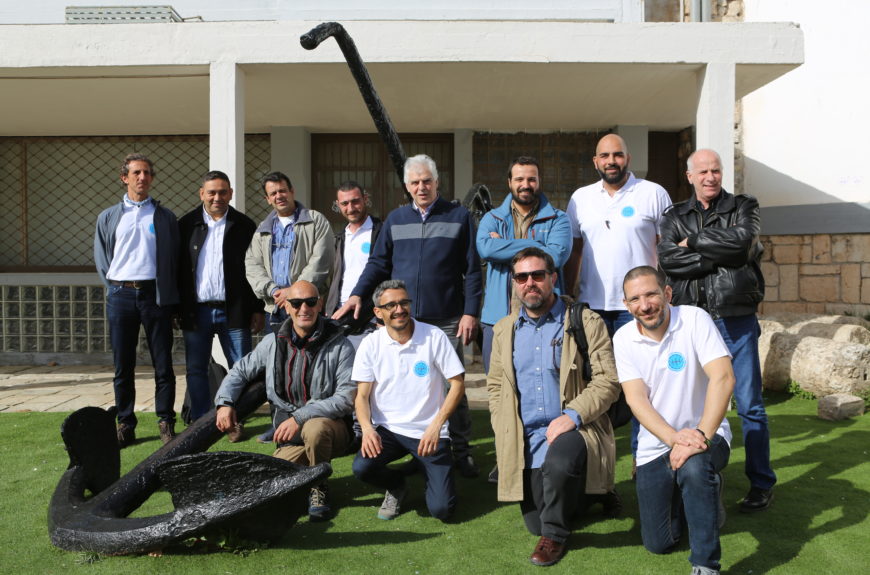
On Saturday, March 7, 2020, a workshop on “Scuba Diving and Citizen Science” was held in the Hall of Events of the Hellenic Maritime Museum. The event was organized on the occasion of the two years of activities by the Underwater Surveying Team (UST) of the Laboratory of Topography, School of Rural and Surveying Engineering, Faculty of Engineering of the Aristotle University of Thessaloniki (AUTh)….
WWI Shipwrecks in the Greek Seas
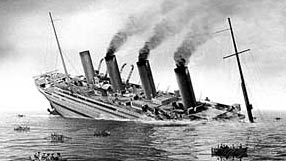
The loss of the salvage tugboat MIMIS
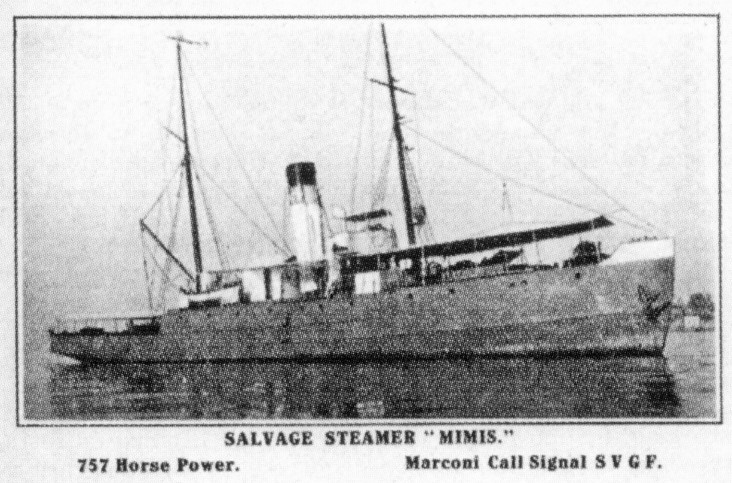
The Submarine of Kaiafa Beach
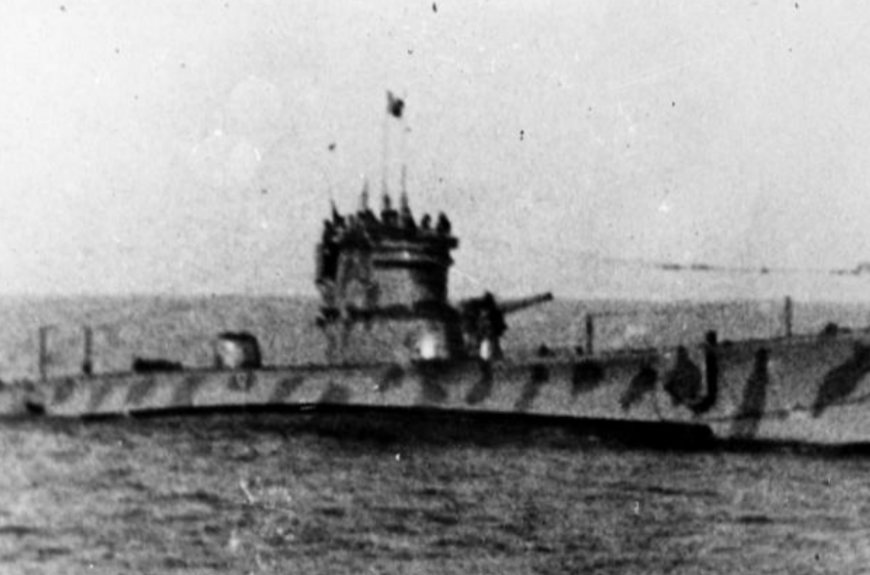
In the shallow waters of Kaiafa beach , local children had been jumping into the water from the conning tower of a submarine for decades. This strange childhood ‘plaything’ was once the Italian submarine AXUM. It participated in one of the most decisive operations in the Mediterranean of World War II.
In the 1930s, the...
